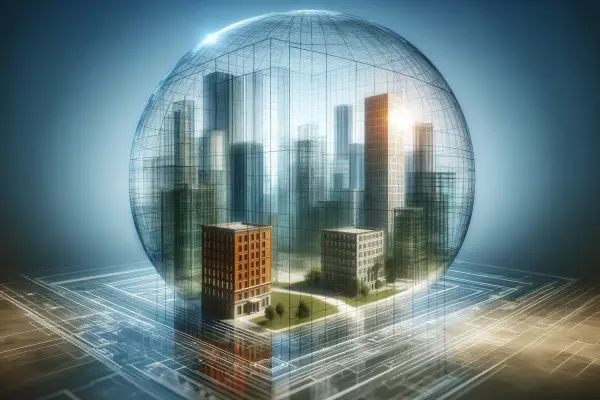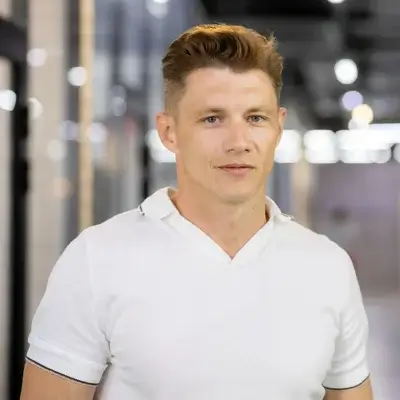The construction industry in 2024 is undergoing a massive transformation of regulatory frameworks worldwide. In the USA, the new 2024 ICC (International Code Council) building codes and 2025 construction standards fundamentally change design approaches, requiring investments of up to $1.8 billion in staff training. In Europe, the EU 2024/1275 directive on building energy efficiency covers all EU countries with a transition period until March 2025. Ukraine is also adapting its DBN (State Building Norms) to European EN Eurocodes standards.
In the USA alone, 147 new ICC regulatory documents were adopted in 2024. Record-breaking pace of changes! In Europe, each EU country has updated at least 50 national standards, resembling a large-scale modernization of computer operating systems – everything must work synchronously and without failures.
"It should be noted that modern construction standards are not just bureaucratic requirements but practical tools for creating a safe and comfortable living environment," says Martin Andersen, chief architect of the European Institute of Standardization.
Revolutionary Changes in Global Design Standards
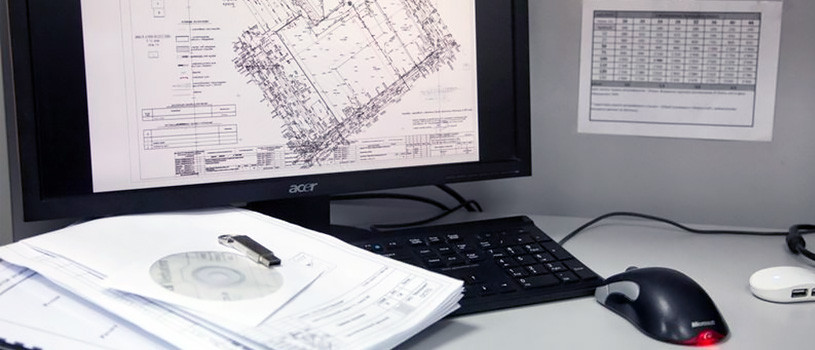 Changes to SNiP 2024 in CIS countries and updates to ICC 2024 in the USA affect fundamental aspects of design. In a recent project in Berlin, the application of new European standards EN 1990:2024 reduced design time by 30%, resulting in savings of approximately €150,000. In the USA, high-rise building design under the IBC 2024 standard now mandates accounting for climate change.
Changes to SNiP 2024 in CIS countries and updates to ICC 2024 in the USA affect fundamental aspects of design. In a recent project in Berlin, the application of new European standards EN 1990:2024 reduced design time by 30%, resulting in savings of approximately €150,000. In the USA, high-rise building design under the IBC 2024 standard now mandates accounting for climate change.
New GOST construction standards in EAEU countries and ASTM standards in the USA include requirements for unique structures costing over $10 million. In Ukraine, DBN V.1.2-14:2024 establishes specific requirements for composite frameworks for buildings taller than 100 meters. It should be noted that technical regulation in construction now covers even details previously left to the designer’s discretion.
Thus, modern design is transforming into a high-tech process. Like a symphony orchestra, where every instrument is crucial for the overall sound. International construction regulations are also adapting to global requirements while considering climatic specifics.
Practical Recommendations for Designers:
• Study updated requirements for high-rise buildings in your region by early 2025
• Implement climate load calculations using new methodologies
• Adapt design solutions to composite framework requirements
• Transition to new standards: 6-12 months for large design firms
Building Information Modeling: Global Technology Adoption
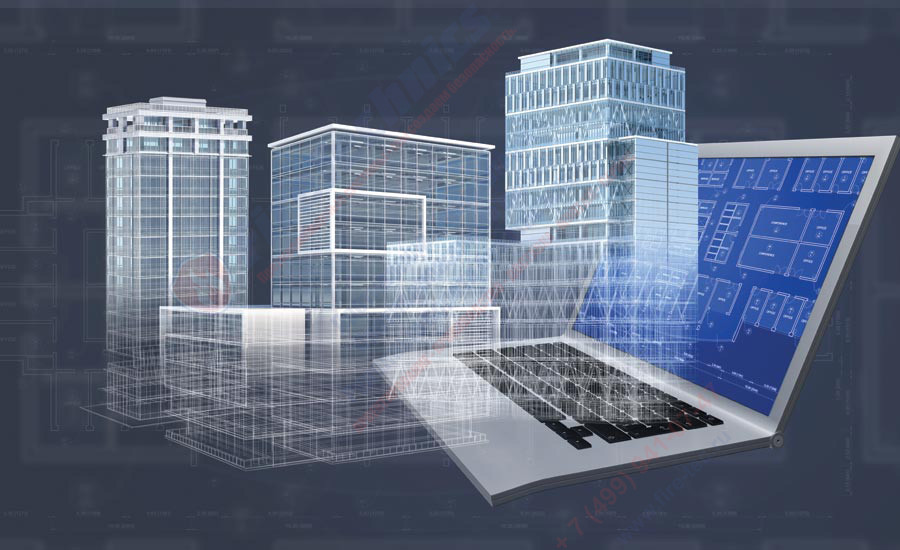 In Europe, mandatory BIM application has become a reality under the EU BIM Mandate 2024 directive. In the USA, federal projects require the use of technologies under the NBIMS-US V3 standard, transitioning to V4 in 2025. Ukraine, starting in 2025, mandates digital design technologies for public projects per DSTU 19650-1:2020.
In Europe, mandatory BIM application has become a reality under the EU BIM Mandate 2024 directive. In the USA, federal projects require the use of technologies under the NBIMS-US V3 standard, transitioning to V4 in 2025. Ukraine, starting in 2025, mandates digital design technologies for public projects per DSTU 19650-1:2020.
By the way, building information modeling standards under international ISO 19650 have already shown impressive results. Why are construction companies so actively embracing digitalization? Technical regulation in construction demands precise data on the effectiveness of new technologies:
- In the USA (per Dodge Data & Analytics 2024): error reduction by 15-20%
- In Germany (BIM Deutschland): time savings up to 18%
- In the UK (UK BIM Framework): cost reduction by 10-15%
These metrics confirm the effectiveness of 2025 construction standards in digitalization and serve as a basis for decisions on technology adoption.
In working with private clients, I often notice: the adoption of construction digitalization standards initially meets resistance. It’s not always simple. But it’s effective. Construction regulations now explicitly require the use of 3D modeling for certain categories of projects.
Detailed information on European BIM standards is available in the study Building Information Modelling adoption in the European Union, which analyzes implementation processes in 27 EU countries.
Checklist for BIM Technology Readiness (transition: 12-18 months):
• Train your team to use BIM software (Revit, ArchiCAD, Tekla)
• Procure necessary equipment and licenses
• Develop company-specific BIM standards
• Start with a pilot project costing up to $1 million
• From: 2D design → To: 3D modeling with data
• Obtain current construction standards through official portals
The updating of construction standards in building information modeling demonstrates varied approaches and adoption rates across regions:
| Country/Region | BIM Standard | Implementation Date | Mandatory Projects | Cost Savings |
|---|---|---|---|---|
| United Kingdom | BS EN ISO 19650 | 2016 | Over £5 million | 10-15% |
| France | NF P03-100 | 2025 | Public | 8-12% |
| Germany | VDI 2552 | 2024 | Over €2 million | 12-18% |
| Ukraine | DSTU 19650-1:2020 | 2020 | Infrastructure | 8-12% |
| USA | NBIMS-US V3/V4 | 2019 | Federal | 12-18% |
The presented table demonstrates that new GOST construction standards and international standards ensure consistent resource savings with proper implementation of digital design technologies.
"In our project to reconstruct a shopping center in Amsterdam, the use of BIM technologies identified 127 potential conflicts during the design phase. Savings amounted to €340,000, and the project delivery timeline was reduced by 6 weeks. Now we can’t imagine working without information modeling," shares project manager Jan van der Berg from Dutch company BuildTech Solutions.
Energy Efficiency Standards: Global Requirements 2024-2025
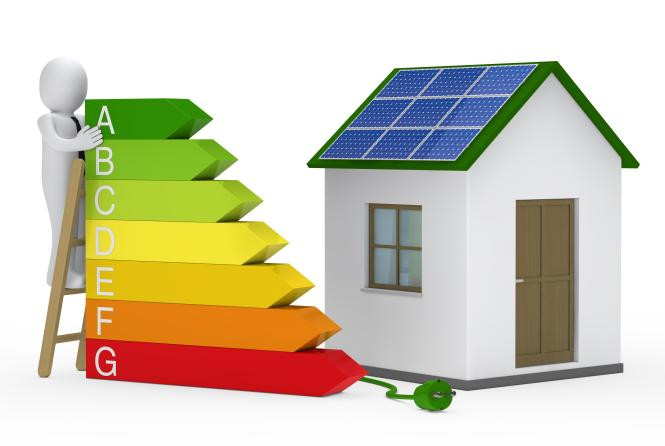 Building energy efficiency requirements are tightening worldwide in 2025. In the EU, the EPBD 2024/1275 directive mandates a 16% reduction in residential building energy consumption by 2030 and 20-22% by 2035. In the USA, the ASHRAE 90.1-2024 and IECC 2024 standards achieve a 7.8% national energy savings. Ukraine is adapting DBN V.2.6-31:2021 to European EN ISO 52000 standards.
Building energy efficiency requirements are tightening worldwide in 2025. In the EU, the EPBD 2024/1275 directive mandates a 16% reduction in residential building energy consumption by 2030 and 20-22% by 2035. In the USA, the ASHRAE 90.1-2024 and IECC 2024 standards achieve a 7.8% national energy savings. Ukraine is adapting DBN V.2.6-31:2021 to European EN ISO 52000 standards.
In Colorado (USA), industrial waste storage facilities must now meet a minimum Class B energy efficiency rating under the IECC 2024 standard. In the Netherlands, implementing BENG requirements last season reduced operational costs by €150,000 annually for one facility. Considering structural specifics, the updating of construction standards even affects low-rise construction.
Detailed building energy consumption requirements in the USA are outlined in 2024 International Energy Conservation Code (IECC), which has become the basis for standard adaptation in other countries.
2024 construction standards establish differentiated energy efficiency requirements by geographic zones and building types:
- USA (ICC/IECC 2024): 7.8% energy consumption reduction (confirmed by DOE)
- Germany (GEG 2025): 15 kWh/m² per year limit for new buildings
- France (RE2020): carbon neutrality by 2050
- Ukraine (DBN V.2.6-31:2021): heat transfer coefficient U < 0.20 W/m²K
These requirements form a unified global trend toward higher energy standards and provide a foundation for future construction regulations in energy conservation.
Plan for Adapting to Energy Efficiency Standards:
• From: Class D acceptable → To: Minimum Class B mandatory
• Conduct an energy audit of existing projects (timeline: 3-4 months)
• Implement new materials and technologies
• Recalculate heat losses per updated 2025 design standards
• Full adaptation timeline: 12-18 months for mid-sized companies
• Download current SNiP 2024 versions from official portals
Construction Supervision: Global Practices for Stricter Oversight
 In CIS countries, construction supervision under SP 543 takes effect from January 2025. In the EU, the EN 13670:2024 standard governs concrete work supervision. In the USA, the ACI 318-2024 system is used for concrete quality control. Ukraine is implementing DSTU B V.2.7-214:2024 for construction supervision.
In CIS countries, construction supervision under SP 543 takes effect from January 2025. In the EU, the EN 13670:2024 standard governs concrete work supervision. In the USA, the ACI 318-2024 system is used for concrete quality control. Ukraine is implementing DSTU B V.2.7-214:2024 for construction supervision.
In Norway, similar changes under the NS-EN 1990:2024 standard reduced accident rates by 35%. Is such a result surprising? Geodetic survey standards have also undergone significant changes, particularly in the use of drone technologies. In practice, I often notice: many contractors underestimate the importance of timely adaptation to new quality control requirements.
"Thus, modern construction supervision is not a punitive tool but a partner to developers in ensuring quality. The key is understanding the logic of new requirements," comments construction supervision expert Olaf Christensen.
Adaptation to New Supervision Requirements:
• From: Selective checks → To: Mandatory BIM technologies for supervision
• Implement digital work logs (transition: 2-3 months)
• Train specialists in new supervision methods
• Use drones for construction monitoring
• Adaptation timeline: 6-12 months
Construction in Permafrost Conditions: Arctic Standards
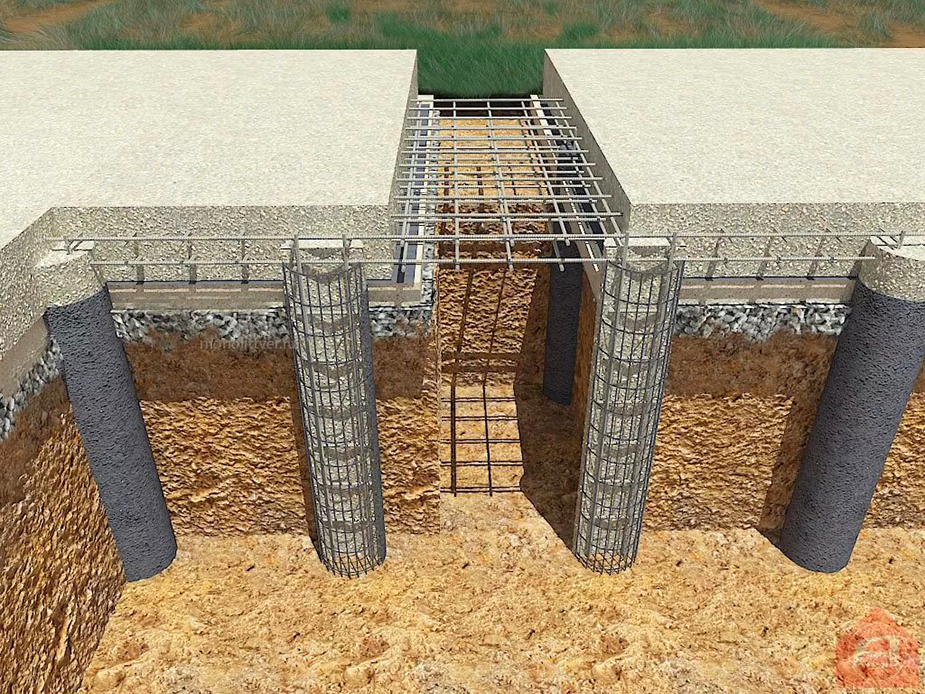 Permafrost construction standards have been updated in Arctic regions to account for global warming. In Canada, CSA S500:21, S501:21, and S502:21 standards apply to northern infrastructure; in the USA (Alaska), ASCE/SEI 32-24 is used; in Norway, TEK17 (Byggteknisk forskrift) is applied. Designing children’s health camps in northern Scandinavian regions requires a special approach under the EN 1997-1:2024 standard.
Permafrost construction standards have been updated in Arctic regions to account for global warming. In Canada, CSA S500:21, S501:21, and S502:21 standards apply to northern infrastructure; in the USA (Alaska), ASCE/SEI 32-24 is used; in Norway, TEK17 (Byggteknisk forskrift) is applied. Designing children’s health camps in northern Scandinavian regions requires a special approach under the EN 1997-1:2024 standard.
Urban planning models for Arctic environments are also adapting to new climatic realities. In Canada, 40% of buildings in permafrost zones now use thermal piles per the CSA A23.1-24 standard. It should be noted that changes in soil temperature regimes require a review of traditional foundation construction approaches.
It’s important to understand: climate is changing faster than we can adapt standards. 2024 international standards in Arctic regions account for 50-year forecasts.
New Ukrainian Construction Standards 2024-2025
 Ukraine is actively aligning its 2025 design standards with European standards as part of EU integration. Key DBN changes cover energy efficiency, building information modeling technologies, and building safety requirements. The transition period is 12-18 months.
Ukraine is actively aligning its 2025 design standards with European standards as part of EU integration. Key DBN changes cover energy efficiency, building information modeling technologies, and building safety requirements. The transition period is 12-18 months.
Priority documents for Ukrainian technical regulation in construction, effective in 2024-2025:
- DBN V.2.6-31:2021 – thermal insulation of buildings (effective from September 2022)
- DSTU 19650-1:2020 – building information modeling (effective from July 2020)
- DBN V.1.2-14:2024 – reliability and safety of building structures
- DSTU B V.2.7-214:2024 – construction supervision and oversight
The updating of regulatory codes in Ukraine accounts for wartime conditions and infrastructure restoration needs, requiring adaptation of international standards to local conditions.
Practical Steps for Ukrainian Developers:
• Study new DBNs by the end of 2024
• Prepare staff to work with European standards
• Adapt design documentation to EU requirements
• Implement digital design technologies per DSTU 19650-1:2020
• From: Ukrainian GOSTs → To: Adaptation to EN Eurocodes
• Order construction standards through state portals
Digital Expertise: Global Trends
Design documentation expertise is moving to digital platforms worldwide. In the EU, the EN ISO 19650-5:2024 standard governs digital expertise. In the USA, the NIBS Digital Practice Standard is used. Ukraine is adopting DSTU-N B A.3.1-10:2024 for digital expertise. In Estonia, the average expertise timeline dropped from 45 to 20 days thanks to the e-Planning system.
In practice, I often notice: digital expertise identifies errors that the human eye might miss. Automation of checks is not a replacement for experts but an enhancement of their capabilities. Considering the structural specifics of various building types, artificial intelligence analyzes millions of parameters in seconds.
A comparative analysis of expertise timelines highlights the advantages of international digitalization standards:
| Expertise Stage | Traditional Approach | Digital Approach (EU) | Digital Approach (USA) | Time Savings |
|---|---|---|---|---|
| Compliance Check | 10-15 days | 4-6 days (EN ISO 19650) | 3-5 days (NBIMS Standard) | 60-70% |
| Structural Analysis | 7-10 days | 3-4 days | 2-3 days | 65-75% |
| Engineering Systems Check | 5-7 days | 2-3 days | 1-2 days | 70-80% |
| Final Conclusion | 3-5 days | 1-2 days | 1 day | 70-80% |
Digital design documentation expertise demonstrates a revolutionary reduction in time costs and is becoming an integral part of modern SNiP 2024 changes worldwide.
Prospects for Global Regulatory Framework Development
International organizations (ISO, CEN, ASTM) are setting the industry’s development direction for the next decade. In the EU, further tightening of environmental requirements is expected under the Green Deal 2030. In the USA, AI integration into ASTM standards is planned by 2027.
Drawing on European experience, the next step will be integrating artificial intelligence into design and construction processes. In Denmark, Danish BIM AI systems are already being tested for automated compliance checks with EN Eurocodes standards.
"It is known that construction standards must stay ahead of practice, not chase it. Today’s changes are the foundation for building a future where every building is smart, energy-efficient, and environmentally safe," concludes Anna Müller, a leading expert at the European Committee for Standardization.
Changes in construction standards and regulations for 2024-2025 represent a comprehensive industry modernization on a global scale. Successful adaptation requires a systematic approach and consistent effort.
Key Takeaways and Actions by the End of 2025:
Critical Steps:
1. BIM Readiness: Implement building information modeling standards by mid-2025
2. Energy Efficiency: Adapt projects to new 2025 construction standards
3. Quality Control: Prepare for stricter construction supervision
4. Staff Training: Invest in team skill development
5. Regulatory Framework: Track SNiP 2024 changes in your region
Companies that begin adaptation now will gain a competitive edge and avoid penalties. The new 2024 construction standards are not an obstacle but an opportunity to build a higher-quality, safer, and more energy-efficient future.
